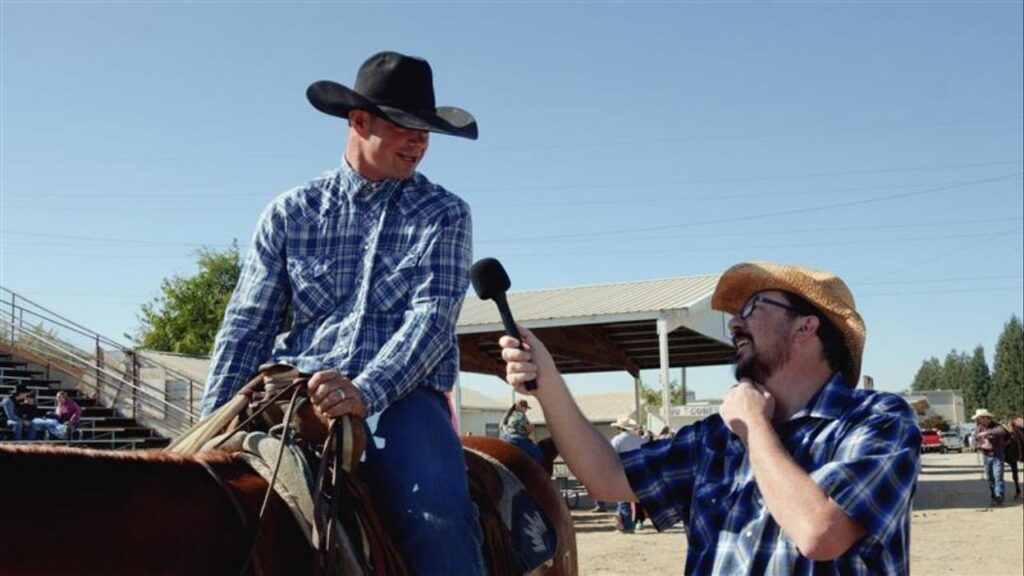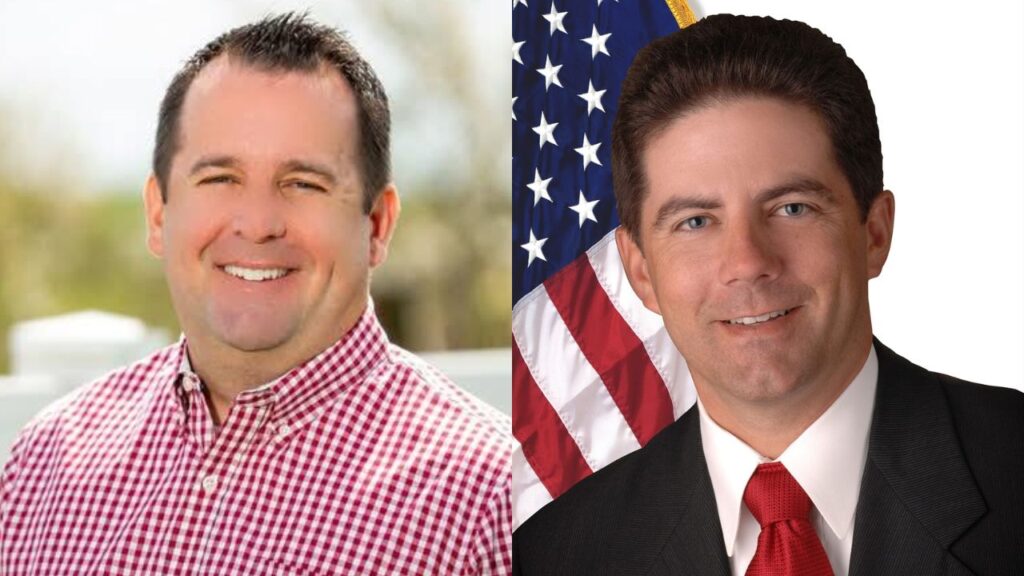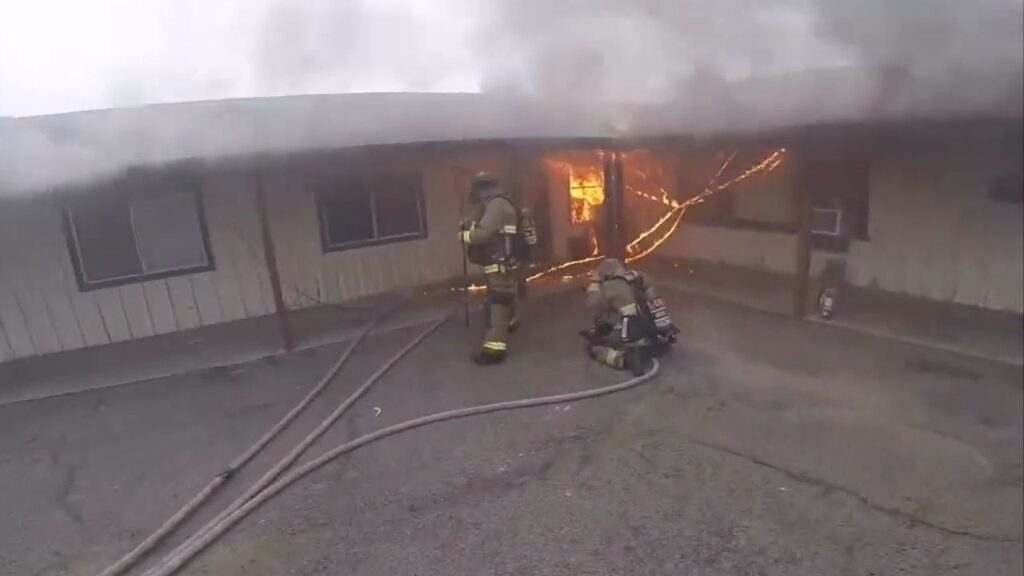Share
RALEIGH, N.C. — Illegal killings and longstanding political resistance have undercut the return of two species of endangered wolves to the wild, frustrating government efforts that already cost more than $80 million but have failed to meet recovery targets.
The number of red wolves roaming the forests of North Carolina has plunged to fewer than three dozen in recent years — the most precarious position of any U.S. wolf species.
In the Southwest, a record number of Mexican gray wolves turned up dead in 2018, tempering an increase in the overall population to 131 animals.
With such small numbers in the wild, biologists say poaching has a big effect. Over the last two decades, more than half of Mexican wolf deaths and about one in four red wolf deaths resulted from gunshots or were otherwise deemed illegal, The Associated Press found.
“It’s basically a numbers game,” said Brady McGee, who heads the Mexican wolf recovery program for the U.S. Fish and Wildlife Service. “As we’re trying to recover these wolves in the wild, illegal mortalities are still one of the biggest threats.”
For red wolves, gunshot deaths are a problem particularly when hunting season collides with wolf breeding season, said Pete Benjamin, a Fish and Wildlife Service field supervisor in North Carolina.
Wolf recovery is further hindered by political opposition over attacks on livestock or game animals and longstanding arguments over whether the wolves should be treated as distinct species warranting continued protection.
With no changes to current management, the wild population of red wolves likely will be lost within the next decade, according to federal officials. The Mexican gray wolf recovery team is more confident and hopes to double the number in the wild over several years.
Fraught History, Mixed Results
Conflicts over wolves have persisted since Europeans arrived in America. Bounties paid by early settlers gave way to government extermination campaigns as the animals clashed with the agrarian way of life.
When federal officials began recovery efforts in the late 1960s, only remnant populations remained — Western gray wolves along the U.S.-Canada border, red wolves on the Gulf Coast of Texas and Louisiana and Mexican wolves south of the border.
Reintroduction programs faced stiff resistance from ranchers and rural communities, a hurdle that so far the Western gray wolf alone has overcome.
Western gray wolves now number around 6,000 in the Northern Rockies, Pacific Northwest and Western Great Lakes. They’re legal to hunt in Montana, Idaho and Wyoming, and U.S. officials in March announced plans to end their remaining federal protections across the Lower 48 states.
The main reason for their success is location: Western gray wolves were reintroduced to areas with expansive public lands and plenty of deer, elk and other prey.
“The habitat was so good that it didn’t matter if half the people hated them,” said Ed Bangs, a retired federal biologist who led recovery efforts in the Northern Rockies.
By contrast, Mexican wolves live in isolated desert mountain ranges, where year-round livestock grazing increases their odds of running into trouble. Red wolves are in an area dominated by farms and private land.
At least 96 red wolves died of gunshot wounds over nearly three decades. For Mexican wolves, 83 deaths were classified as “illegal” over 20 years and that doesn’t include any of the 21 deaths in 2018 still under investigation.
The Mexican and red wolf populations are struggling despite a great amount of money and work put into their reintroduction.
Since 1977, more than $44.2 million has been spent on the Mexican wolf, according to federal reports. At least $39.4 million has been spent on red wolves over the past three decades.
About $160 million more has been spent primarily on Western gray wolves.

Dwindling Red Wolves
Legal protections for red wolves have been solidified by the recent scientific conclusion that they’re a distinct species, not a wolf-coyote hybrid as some landowners argued. But conservationists worry the news comes too late, with only 25 to 30 of the canines left in the wild and 200 or more in captive breeding programs.
After red wolves were reintroduced to North Carolina in 1987, the wild population grew beyond 100 and remained stable through 2012.
“For almost 25 years, this was hugely successful. It was money well-spent,” said Ramona McGee, a lawyer for the Southern Environmental Law Center.
Yet a 1990 federal recovery plan goal for 220 animals in the wild was never met.
Wolf numbers were bolstered by releases of captive-born pups and sterilization of coyotes that competed for space. But those approaches were halted in 2015 amid pressure from conservative politicians and landowners who deemed wolves a nuisance.
Conservationists contend the government abandoned proven techniques. “The biggest problem now is not the mortality, it’s the lack of releases,” said McGee, the lawyer.
Benjamin, the government field supervisor, said the wild red wolf population already was declining before pup releases stopped, declining to say whether political pressure influenced the decision.
Bill Rich, an eastern North Carolina landowner, complains wolves have made it harder to fight coyotes that kill deer on game land. A federal judge in 2014 banned night hunting of coyotes in red wolf territory because the canines are easily mixed up.
Rich says the reintroduction program is a failure and should be scrapped.
Hurdles in the Southwest
Federal managers face similar resistance in the Southwest, where ranchers see Mexican wolves as a threat to their livelihood. Wolves were found responsible for killing nearly 100 cows and calves last year. In March alone, livestock kills totaled 20, and ranchers say their calving rates are dropping because of the wolves.
Wolves also represent competition to outfitters and hunters seeking elk in southwestern New Mexico and Arizona.
Tom Klumker, a hunting guide in the Gila backcountry, fears the reintroduction program will push ranchers, hunters and rural residents from the land.
“We were doing pretty well with just the mountain lion and bear and coyotes but when they added the wolves to the mix, why, things started to go south pretty quick,” he said.
Environmentalists have long criticized the Fish and Wildlife Service for not releasing more captive-bred Mexican wolves. They’re suing over the federal recovery goal of 320 wolves in the wild, saying it should be vastly more than that.
Retired biologist Dave Parsons, who led Mexican wolf recovery efforts during the 1990s, said the government has a responsibility under the Endangered Species Act to ensure the predators have a chance to fulfill their ecological role.
Otherwise, he said, the wolves risk becoming “museum pieces in the wild.”



















